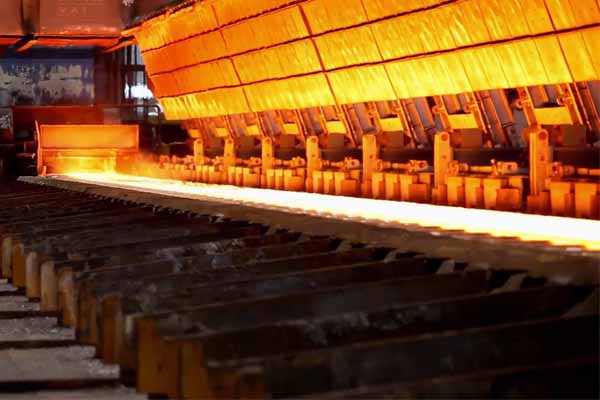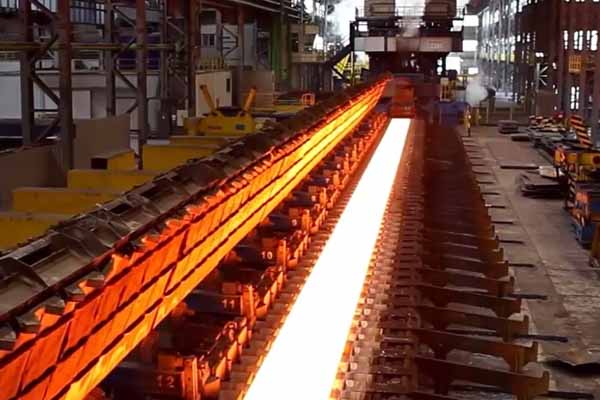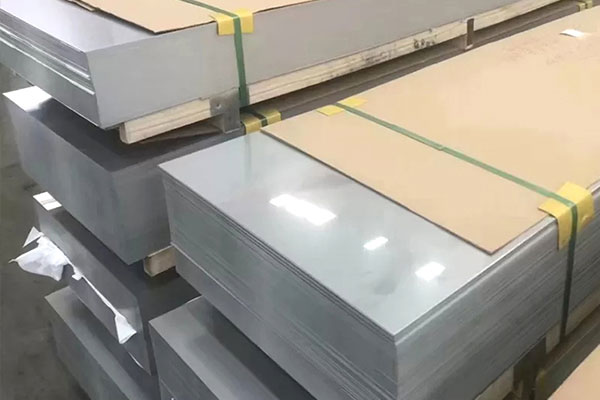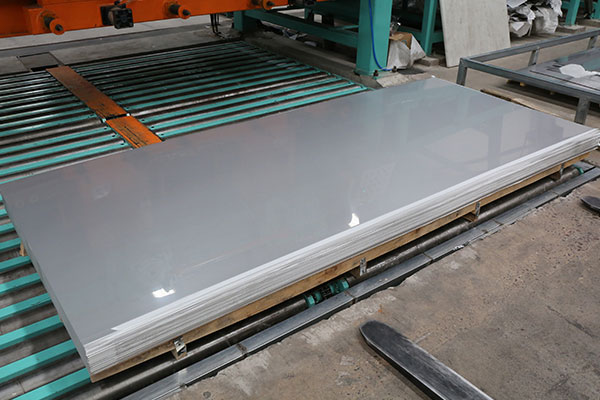What Factors Should be Considered When Selecting Stainless Steel Grade?
Date:2023-03-10View:987Tags:Ronsco, Stainless Steel Supplier, Stainless Steel Grade
Stainless steel is mainly famous for its corrosion resistance and oxidation resistance. It is used in all walks of life. Different grades make it suitable for different fields. However, we shoulld know how to choose the right grade for the work.
Does stainless steel have good formability? If the application requires good formability, please avoid using martensitic stainless steel group. Try to use austenitic stainless steel such as 304, or ferritic stainless steel such as 430. Martensite grades such as 410 are often easy to break and difficult to form. In terms of formability, austenitic stainless steel is the best choice.
Does stainless steel need welding? Welding stainless steel will lead to intergranular corrosion, thermal cracking and stress corrosion cracking. The most easily welded stainless steel is usually austenitic group, such as 304L. 430 ferritic stainless steel is also easy to weld, and so is duplex stainless steel. Martensitic stainless steel is generally not suitable for welding, but some martensitic grades with low carbon content can be welded. For precipitation hardening stainless steel, we shoule ensure during welding that the original mechanical properties are not damaged.
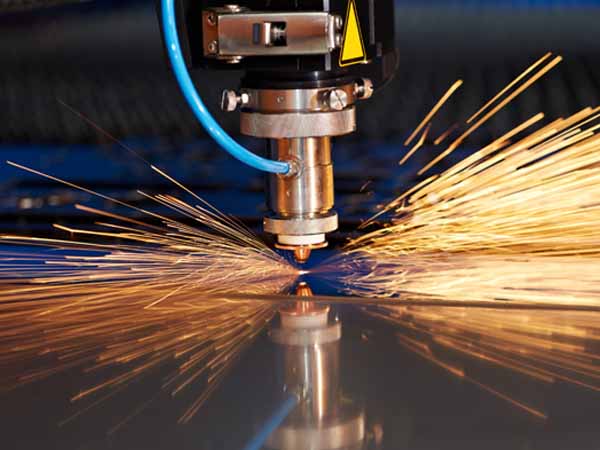
Does stainless steel need machining? Most stainless steel can be machined, but it is easy to work harden. The machining process must be optimized to help alleviate the speed of this problem, and the tools used for machining must also be kept in good working condition.
What kind of corrosion resistance is required? Usually we choose stainless steel because of its corrosion resistance, but different grades of materials have different degrees of corrosion resistance. When corrosion resistance is important, this makes 304 is the best choice. Grade 316 is similar to grade 304, but its chemical composition contains molybdenum, which further improves its corrosion resistance. Ferritic stainless steel and martensitic stainless steel are usually more affordable than austenitic stainless steel because their nickel content is lower than that of austenitic stainless steel, and sometimes their chromium content is lower than that of austenitic stainless steel, which will lead to the decline of corrosion resistance. Duplex stainless steel can be used to avoid stress corrosion cracking associated with austenitic stainless steel.
Does stainless steel need heat treatment? If you want to heat treat stainless steel, it is important to understand how different grades of stainless steel will be affected. In most cases, austenitic stainless steel and ferritic stainless steel are not hardenable during heat treatment. Martensitic stainless steel is usually available for heat treatment.
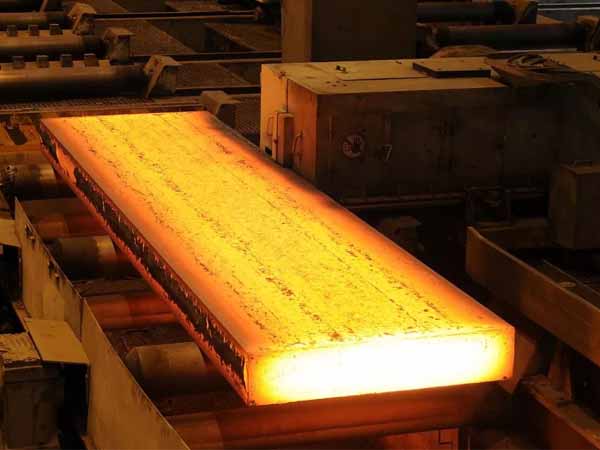
What are the strength requirements of stainless steel? High strength can be obtained by using martensitic stainless steel. Grade 316 austenitic stainless steel can also provide high strength, but it is not as high as martensitic grade. Austenite also contains more nickel than other types, so grades like 316 will have greater toughness and ductility than ferritic and martensitic stainless steels. Duplex stainless steel can have the properties of ferritic stainless steel while maintaining the ductility and toughness close to that of austenitic stainless steel.
 English
English Русский
Русский



